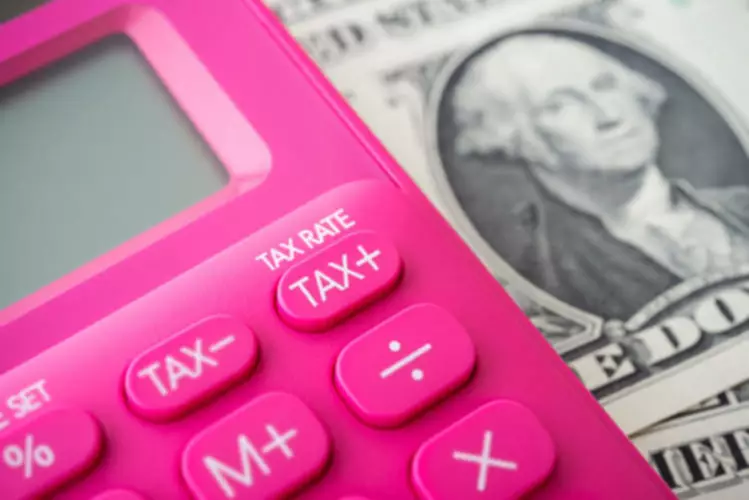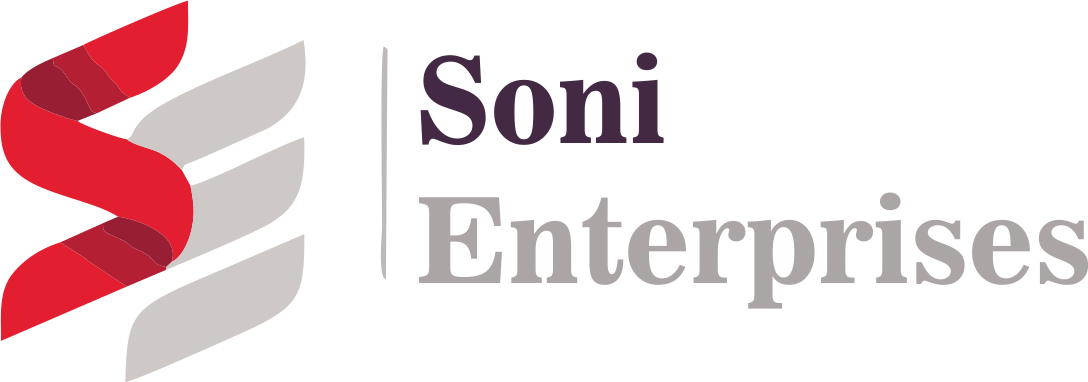Content

A business consultant has many variable costs because she does many different types of contracts that incur their own specific expenses. She also has to travel to visit the client and the cab fare is a variable expense. She pays an assistant hourly to help her and this billable labor is also a variable cost. Variable costs change based on how many goods are produced or services provided. A variable cost is a recurring cost that changes in value according to the rise and fall of revenue and output level. A company’s net profit is affected by changes in sales volumes.
There are many techniques for making your business more profitable. For example, there are some handy formulas every business owner should know to figure out monthly revenue and expenses. Lastly, understanding the difference between fixed and variable costs is important to be able to leverage economies of scale as you grow. But there are a couple of important reasons that founders should have a strong understanding of how fixed and variable costs impact business operations. For example, a factory may have a semi-variable power utility cost, where the business must pay a fixed cost of $2000 per month, regardless of production level.
What Is Average Fixed Cost?
Common examples of variable costs include costs of goods sold , raw materials and inputs to production, packaging, wages, and commissions, and certain utilities . Variable costs are a direct input in the calculation of contribution margin, the amount of proceeds a company collects after using sale proceeds to cover variable costs.
- A pet sitting business has to travel to visit clients and the price of gas for the company vehicle is a variable cost, as is the number of miles traveled.
- Variable costs are generally direct costs in that they relate directly to the production of goods or services.
- You’ll need to sell 600 cups of coffee every month if you want your business to be profitable.
- They are fixed because they are paid out regularly and are independent of revenue level or production volume.
- Talus Pay Advantage Our cash discount program passes the cost of acceptance, in most cases 3.99%, back to customers who choose to pay with a credit card.
Her business cell phone is pay-as-you-go and so is a variable expense. Her staff is paid based on the number of hours worked for clients and their billable hours is a variable expense as well. It can choose between paying $1,000 or $0.05 for every item manufactured.
Join 446,005 entrepreneurs who already have a head start.
If revenue is greater than their total cost, this firm will have positive economic profit. If companies ramp up production to meet demand, their variable costs will increase as well. If these costs increase at a rate that exceeds the profits generated from new units produced, it may not make sense to expand. A company in such a case will need to evaluate why it cannot achieve economies of scale. In economies of scale, variable costs as a percentage of overall cost per unit decrease as the scale of production ramps up. A company can increase its profits by decreasing its total costs.

If your company makes furniture and receives a big order, it will see an increase in expenses like wood, sandpaper, and other materials that are needed to craft a piece of furniture. How much of those materials you buy is dependent on the demand for your products. This is why it’s essential to forecast your business expenses ahead of time and make sure you leave room in your budget to accommodate for an increase in https://www.bookstime.com/.
Are Fixed Costs Treated as Sunk Costs?
Industries with high fixed costs, like airlines, are less vulnerable to competition. They require huge amounts of investment in machinery and other physical items to start up. For example, a company relies on materials and personnel to produce goods. If sales increase, the amount of materials and labor needed also increases. If sales decrease, resources and labor needed decreases as well. The term sunk cost refers to money that has already been spent and can’t be recovered. While sunk costs may be considered fixed costs, not all fixed costs are considered sunk.
- But even if it produces one million mugs, its fixed cost remains the same.
- Your cost structure—essentially, your ratio of fixed to variable costs—is a key element in the resilience of your business.
- Proper distribution of fixed versus variable costs is fundamental to being able to survive the tough times and capitalize on opportunities.
- If the company manufacturers just one unit of output, it is $999.95 more favorable to opt for the per-unit price.
- If you divide that by roughly 30 days in a month, you’ll need to sell 20 cups of coffee per day in order to break-even.
That’s because these costs occur regularly and rarely change over time. Variable cost-plus pricing is a pricing method whereby the selling price is established by adding a markup to total variable costs. Variable and fixed costs play into the degree of operating leverage a company has.
Peggy James is a CPA with over 9 years of experience in accounting and finance, including corporate, nonprofit, and personal finance environments. She most recently worked at Duke University and is the owner of Peggy James, CPA, PLLC, serving small businesses, nonprofits, solopreneurs, freelancers, and individuals. Commissions are often a percentage of a sales proceeds that is awarded to a company as additional compensation. Because commissions rise and fall in line with whatever underlying qualification the salesperson must hit, the expense varies (i.e. is variable) with different activity levels. Break-even analysis allows you to make many decisions like how to price your products, whether to look for lower-cost ways to produce them, or whether new product ideas are worth introducing. They may also include reasonable, incremental meal, accommodation and travel expenses.
Is utilities a variable cost?
Variable costs are any expenses that change based on how much a company produces and sells. This means that variable costs increase as production rises and decrease as production falls. Some of the most common types of variable costs include labor, utility expenses, commissions, and raw materials.
Companies with high variable costs need to produce less to break even but they also have lower profit margins than companies with high fixed costs, according to Business Dictionary. In the long run, if the business planned to make 0 shirts, it would choose to have 0 machines and 0 rooms, but in the short run, even if it produces no shirts it has incurred those costs. If the revenue that they are receiving is greater than their variable cost but less than their total cost, they will continue to operate will accruing an economic loss. If their total cost is less than their variable cost in the short run, the business should shut down.
Even if they opt for a delivery-only model, they still have to prepare food in a commercial kitchen that meets all health and safety standards. A traditional restaurant will also need seating space, furniture, and access to parking or public transportation. Location will be a major factor in what type of clientele the restaurant can attract and how expensive the rent will be. This equation can be used to determine the total of variable cost formula involved in the manufacturing process of a business. Assume that a retailer’s cost of products is approximately 60% of their selling prices. If the retailer has sales of $100,000, the cost of goods sold will be approximately $60,000. When sales are $300,000, the cost of goods sold will be approximately $180,0000.
If Amy were to continue operating despite losing money, she would only lose $1,000 per month ($3,000 in revenue – $4,000 in total costs). Therefore, Amy would actually lose more money ($1,700 per month) if she were to discontinue the business altogether. While variable costs are a part of anything business related, some common examples include sales commissions, labor costs, and the costs of raw materials. Over a one-day horizon, a factory’s costs may be almost entirely fixed costs, not variable.
